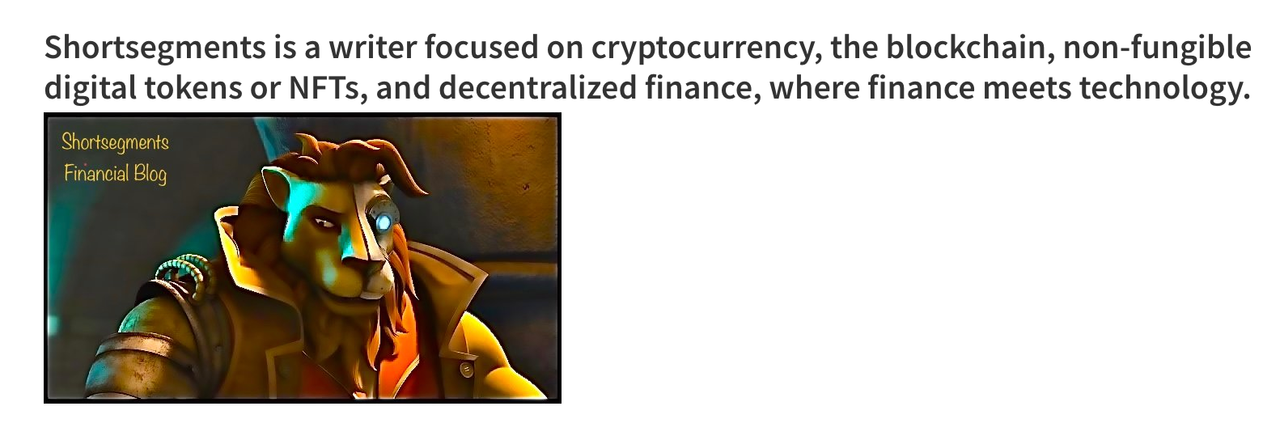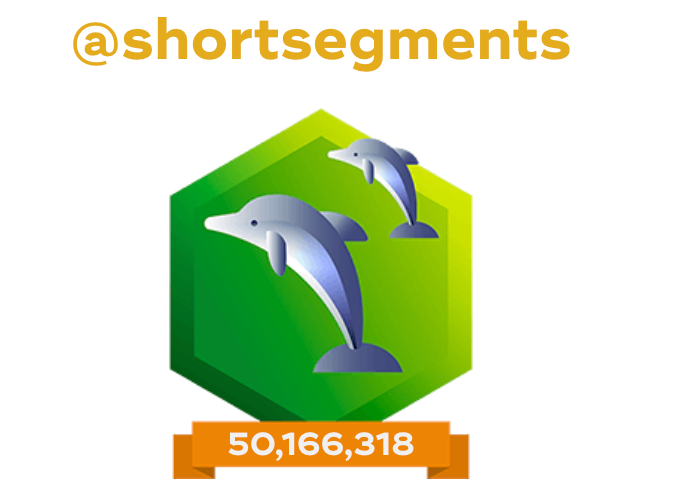The Worry About Our Money: Are Global Currencies "Sinking"?
Imagine the world's most powerful currencies, like the U.S. dollar, Euro, or Japanese Yen, as giant, proud ships.
The phrase "Sinking Global Fiat Flagships" is a dramatic way of saying that some people are worried these big ships (our major currencies) are in trouble, possibly even heading for a crash.
This worry often pops up when we talk about things like rising prices (inflation) and money being worth less over time.
Basically, it's a concern that the money we use every day could become unstable and lose a lot of its value, partly because governments can print as much of it as they want.
What's This Worry All About?
When people talk about these "sinking flagships," they're usually focused on a few key problems:
- Prices Keep Rising (Inflation) and Money Loses Value:
The biggest concern is inflation. Our money, called fiat currency, isn't backed by anything physical like gold. Instead, its value comes from government trust and economic activity. Critics argue that since central banks (like the U.S. Federal Reserve) can create unlimited amounts of this money, it naturally leads to higher prices and makes your money buy less over time. For example, a dollar today buys much less than it did in 1971, when the U.S. dollar stopped being tied to gold.
- The Big Crash Theory:
Some people genuinely believe that the entire system of fiat money is on the verge of collapsing. They look back at history, pointing to extreme cases like Germany in the 1920s (Weimar Republic) or Zimbabwe more recently, where their currencies became almost worthless due to hyperinflation. These are seen as scary warnings of what could happen.
- Losing Trust in the Government:
For any fiat money to work, people have to trust the government that issues it. If that trust starts to disappear – maybe because of huge national debts, political instability, or bad economic decisions – then people might stop accepting the currency, and its value could rapidly fall apart.
- Looking for "Lifeboats":
Because of these worries, some people are searching for ways to protect their wealth. They see things like cryptocurrencies (like Bitcoin) and NFTs (Non-Fungible Tokens) as potential "lifeboats" or safe havens. These digital assets are attractive to them because they're not controlled by governments and often have a limited supply, which proponents believe protects their value from inflation.
But Is a Money Crash Really Going to Happen?
It's really important to understand that not everyone believes a global money collapse is coming. This is a highly debated topic among economists and financial experts.
While history offers examples of currencies failing, the global financial system today is much more complex and interconnected. It has a lot of built-in checks and balances, and governments and central banks have learned from past mistakes. Economists have many different opinions, and most believe the current system is resilient enough to handle challenges, even if it faces periods of inflation or economic stress.
So, while the idea of "sinking global fiat flagships" highlights some real concerns about inflation and government debt, it's just one viewpoint, and not everyone agrees that the world's major currencies are on the brink of collapse.
The Cyclical History of Money: A Chronicle of Centralized Failure
The very concept of currency, money, or fiat, whatever name we assign to the medium of exchange and store of value, boasts a history that uncannily mirrors the rise and fall of civilizations themselves. From ancient bartering systems to the gleaming digital ledgers of today, money was invented as a tool to bring a semblance of order to the inherent chaos of trade and commerce. It established rules and regulations, providing a standardized mechanism for the exchange of goods and services, fostering economic growth and societal complexity.
However, this historical progression reveals a critical, recurring flaw: these systems have always been imperfect. They have always been owned – by kings, emperors, states, or centralized banking authorities. This inherent ownership bestows upon the controllers an immense, often unchecked, power. This power, by its very nature, leads to manipulation. Whether through debasement of coinage, excessive printing, fractional reserve banking, or the arbitrary setting of interest rates, the centralized control of money has historically provided an unfair advantage to some at the expense of others.
*It has been a persistent source of corruption, inequality, and ultimately, instability. This fundamental problem – the private or governmental ownership of our financial infrastructure – is precisely why monetary systems throughout history have been susceptible to cyclical crises and eventual collapse. Empires have crumbled not just from military defeat, but from the insidious erosion of their economic foundations, a slow burn of monetary decay fueled by centralized mismanagement and the unchecked forces of financial entropy.
Consider the Roman Empire, which famously debased its currency, the denarius, by reducing its silver content over centuries. Initially, the denarius was almost pure silver, but by the third century AD, it was barely 5% silver. This debasement led to rampant inflation, eroding the purchasing power of its citizens, undermining trust in the government, and contributing significantly to the empire's eventual decline. Another stark example is the Weimar Republic in Germany in the early 1920s. Faced with massive war reparations and a collapsing economy, the government resorted to printing vast quantities of paper marks. This led to hyperinflation so extreme that money became literally worthless; people famously used banknotes as wallpaper or burned them for fuel, as their monetary value was less than their value as kindling. Savings were wiped out overnight, and trust in institutions plummeted, paving the way for political extremism.
More recently, Zimbabwe experienced hyperinflation in the late 2000s, with annual inflation rates reaching billions of percent. The Zimbabwean dollar became so worthless that people needed wheelbarrows full of cash to buy basic groceries. This economic catastrophe crippled the country's economy, decimated its middle class, and forced a reliance on foreign currencies. Today, Venezuela offers a contemporary example of a collapsing fiat currency, with the bolívar suffering from extreme inflation and depreciation, leading to widespread poverty and a mass exodus of its citizens. These examples are not isolated incidents; they are recurrent symptoms of a system fundamentally flawed by centralized control and the temptation to print money at will.
Bitcoin: A Gift Engineered for Survival of Global Monetary Debasement
Bitcoin: the digital money, a new form of currency, a medium of exchange, and a truly revolutionary store of value which moves in the opposite direction from all "owned" currencies.** Instead of being debased or devalued, its value tends to increase over time, thus protecting the stored value of your labor better than any traditional currency or other asset. What makes this resistance to devaluation and debasement possible and sets Bitcoin apart, irrevocably and fundamentally, is its lack of ownership. It is not controlled by any government, corporation, or individual. It is not owned by anyone.
Bitcoin is, as many maximalists believe, a profound gift to humanity from the enigmatic entity known only as Satoshi Nakamoto. The Bitcoin whitepaper, titled "Bitcoin: A Peer-to-Peer Electronic Cash System," was published on October 31, 2008, in the immediate aftermath of the global financial crisis. This timing was no coincidence; the crisis exposed the fragility of centralized financial institutions and eroded public trust in the established monetary order. Satoshi's anonymous genesis underscores Bitcoin's radical decentralization, ensuring no single point of control or failure.
Bitcoin is not merely a better form of money; it is, to our knowledge, the best form of money humanity has ever conceived. Its architecture is not merely designed to survive the historically inevitable manipulation and devaluation of currency; it is built to thrive on it. So we see the value of Bitcoin steadily increase and sometimes soar higher than all other assets. For instance, Bitcoin, starting at virtually zero value, reached nearly $20,000 in late 2017 and surpassed $60,000 in 2021 and has continued its upward trajectory into 2025. This parabolic growth stands in stark contrast to the continuous erosion of purchasing power experienced by fiat currencies.
The very principles of its existence ; decentralization, censorship-resistance, immutability, and a predetermined, unalterable supply of 21 million coins – are antithetical to the centralizing, corrupting forces that have historically undone every previous monetary system.
- Decentralization: Unlike central banks, no single entity can dictate Bitcoin's monetary policy or control its network. Transactions are verified by a distributed network of participants, making it incredibly resilient to attacks or manipulation.
- Censorship-resistance: Governments or corporations cannot easily prevent transactions or seize funds on the Bitcoin network. This offers financial sovereignty to individuals, especially important in oppressive regimes or during capital controls.
- Immutability: Once a transaction is recorded on the blockchain, it cannot be altered or reversed. This provides unprecedented transparency and finality in financial dealings.
- Scarcity: With a fixed supply capped at 21 million bitcoins, its value is protected from inflationary pressures that plague fiat currencies. This stands in stark contrast to central banks' ability to print unlimited amounts of money.
When central banks inflate currencies into oblivion, when governments impose capital controls (as seen in Greece during its debt crisis), when traditional financial institutions falter under the weight of their own fragility (like the collapse of Lehman Brothers in 2008), Bitcoin stands unyielding, its protocol operating autonomously, indifferent to the whims of human fallibility.
The coming monetary collapse is not an "if," but a "when." The slow, insidious collapse of our current fiat monetary system, fueled by unsustainable debt, unchecked money printing, and a fundamental lack of sound principles, is already in motion. The global debt-to-GDP ratio continues to climb, with many nations facing insurmountable obligations. This entropic decay, historically, has led to societal breakdown, widespread conflict, and immense suffering as civilizations wrestle with the violent redistribution of wealth that monetary collapses invariably trigger.
Bitcoin offers an unprecedented alternative: it provides a peaceful, digital escape hatch from the clutches of central bank tyranny and the destructive cycle of monetary collapse. For the first time in human history, Bitcoin offers a mechanism for a civilization to transition peacefully from the ashes of a failed monetary system to a new, sounder one, without the cataclysmic societal collapse, widespread war, and destruction that have always accompanied such transitions in the past.
It is a lifeboat, a digital ark, ready to carry value across the turbulent waters of financial Armageddon.
By providing a truly scarce, verifiable, and uncensorable store of value, accessible to anyone with an internet connection, Bitcoin allows individuals to preserve their wealth and transact freely, bypassing the failing legacy systems. Countries like El Salvador have even adopted Bitcoin as legal tender, demonstrating a tangible shift towards a Bitcoin-backed future. It offers a blueprint for a future where economic order is built on immutable mathematics, not the shifting sands of political expediency. In a world increasingly defined by the forces of monetary debasement and currency devaluation as the only acceptable mechanism for governments to pay off their debt. Bitcoin stands as the ultimate counter-force, the anti-debaser, the anti-devaluer, the preserver of value. It is the progenitor of a new digital order designed to secure humanity's financial future.
The End.
This post was written by @shortsegments
#Thank #you #for #reading #my #post







